HISTORY
HISTORY
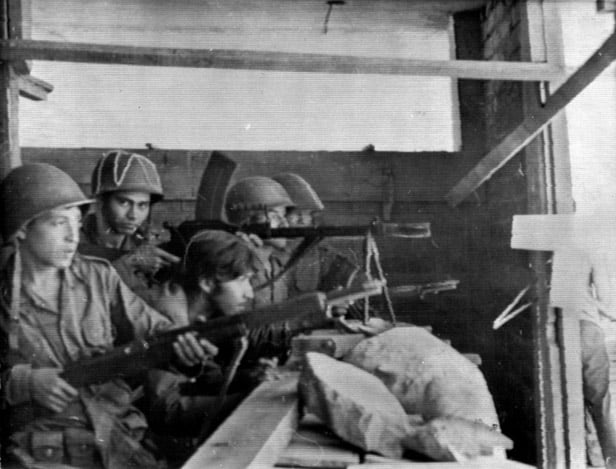
In 1969, El Salvador and Honduras fought a four-day conflict that cost thousands of lives and displaced thousands more – a bloody struggle still remembered as the Football War.
Honduras won the first match (1-0) in the capital Tegucigalpa and El Salvador won 3-0 at home. Both games were overshadowed by fan violence and the warlike atmosphere that prevailed before and after the games.
It was 2-2 after 90 minutes of play at the Azteca Stadium in Mexico City. This was the third game. El Salvador finally won the third match and the two countries, in the following weeks, were at war.
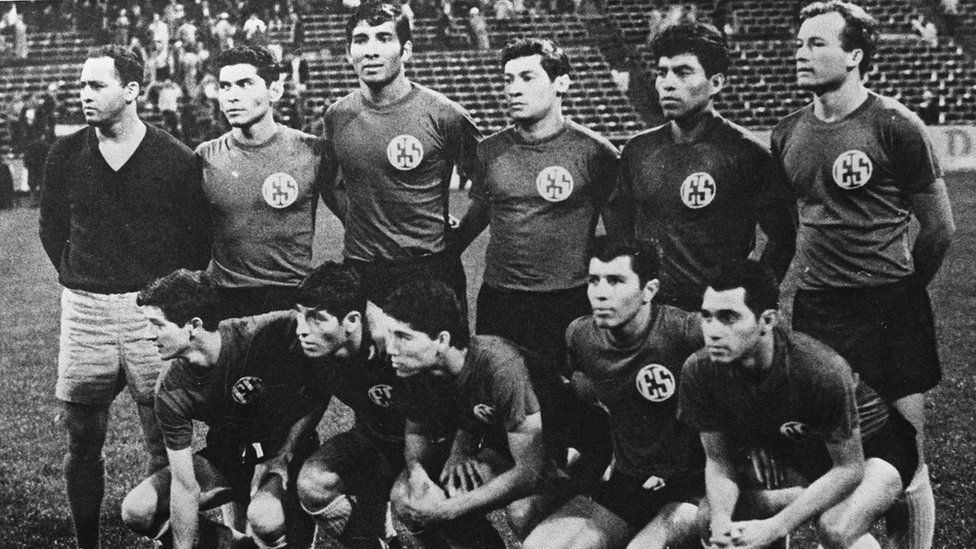
The El Salvador National Football Team
What preceded the game
El Salvador is about the size of Wales and has a population of about 3 million (1969). Most of the country is controlled by a landowning elite, leaving very little land for the country’s poorest farmers. Honduras, also dominated by a small number of landowners, was five times larger and had a population of about 2.3 million at the time.
As a result, during the 20th century, El Salvadorians migrated to Honduras to take advantage of the most available farmland and work for the American fruit companies operating in the country. About 300,000 El Salvadorians lived in the neighboring state until that year.
El Salvador’s small landowning elite had supported the mass emigration as it eased pressure on their land and called for redistribution. But the arrivals of migrants caused resentment among Honduran farmers who were fighting for more land than their own elite at the time. So, the Honduran government passed an agrarian land reform law to ease the tensions.
However, the authorities did not focus on the land owned by the elites and the American fruit companies, but on lands inhabited by immigrants (i.e. citizens of El Salvador). The then President of Honduras Oswaldo López Arellano began deporting thousands of Salvadorans.

Beyond that there were simmering land and sea border disputes, including many islands in the Gulf of Fonseca, a small body of water on the Pacific coast shared between the two countries and Nicaragua.
The government of El Salvador, led by Fidel Sánchez Hernández, tried to deal with the large number of repatriated migrants, while the country’s landowners began pushing for military action. It was in the midst of this growing rage that the two countries met on the football field.
“There were much bigger political matters,” said Ricardo Otero, a Mexican sports writer on Univision Broadcasting. “But there was this coincidence of three games to qualify for the 1970 World Cup. It didn’t help. Football here (in Latin America) is very, very passionate.”
“We felt we had a patriotic duty to win for El Salvador,” said Rodriguez (i.e. the football player of El Salvador who scored the winning goal in the third match). “I think we were all afraid of losing, because under those circumstances it would have been a dishonour that followed us for the rest of our lives.”
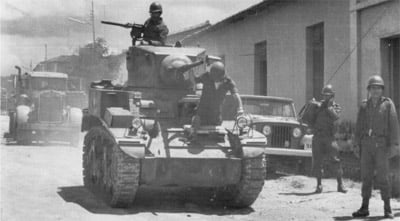
The facts…
On June 27, as the players prepared for that night’s deciding game in the Mexican capital, El Salvador severed diplomatic ties with Honduras.
Some 12,000 Salvadorians had fled Honduras after the second match, with the UK “Guardian” newspaper blaming the persecution of people on an international football match.
The day after the game, the US news agency UPI published an article entitled “Soccer ‘War’ Won by El Salvador, 3-2.” According to the article, 1,700 Mexican police officers watched the game to prevent violence and El Salvadorian fans chanted “murderers, murderers.”
“People abroad stigmatised it as the goal that started the war,” said Rodriguez. “The war would have happened with or without this goal.”
In the coming days, border skirmishes intensified. On July 14, El Salvador ordered his forces to invade Honduras and launched WWII warplanes to bomb the country.
The Polish journalist Ryszard Kapuscinski was one of the few foreign correspondents in the area when the invasion began. In his own testimony, he referred to the Tegucigalpa clash, taking his turn to use the country’s only telecommunications machine, after President Lopez Arrelano contacted his ambassador to the United States about the invasion.
By the time the Organization of American States managed to organize a ceasefire on July 18, it was announced that about 3,000 people had died, most of them Honduran nationals. Many others were displaced. Under international pressure, El Salvador withdrew its forces from Honduras in August.
The suffering did not end there. Trade between the two nations was suspended for decades and borders were closed.
There are still tensions between El Salvador and Honduras. Cross-border disputes between the two sides continue to this day, despite the International Court of Justice (ICJ) ruling on the matter.
Also read: 75 years since United Nations Charter was signed – VIDEO
NEWSLETTER SUBSCRIPTION
Memorial Speech by the Minister of Defence Vassilis Palmas at the annual memorial service for the fallen of the 3rd Company of the 211th Infantry Battalion
The Minister of Defence of the Republic of Cyprus, Mr. Vassilis Palmas, attended the annual commemoration of the fallen of the 3rd…
120 years since the death of Pavlos Melas—The Hero of the Macedonian Struggle—Photos
The Armed Forces honor the memory of the ethnic martyr who gave his life for the liberation of Macedonia…
80 years since the Battle of Rimini – The Brigade that wrote golden pages of history
The “Rimini Brigade” wrote new pages of history for Greece, placing it in the camp of the winners. This success was linked to hope and…
MBDA – Matra Electronique | Joint creation of a centre of excellence for defence electronics in Europe
MBDA and its subsidiary Matra Electronique (MEL), which specialises in manufacturing high-precision electronic equipment, jointly…
THEON International | New orders amounting to €74 million having already exceeded €150 million in the 4th trimester
THEON INTERNATIONAL PLC (THEON) announced additional orders for the month of November. As a result of the…
UN | Iran has increased uranium enrichment to near weapons-grade levels
Iran has further increased its stockpile of uranium enriched to near weapons-grade levels, defying international pressure, according to…
Brazil | Arrests of military and police officers for plotting the assassination of President Lula
Brazilian police have arrested five officers accused of plotting a coup which included plans to overthrow the government following the…
Sweden | Leaflets with survival instructions in the midst of the Ukrainian crisis
Sweden started sending out five million leaflets to the country’s residents yesterday, urging them to prepare for a possible conflict…
Ukraine | The first ATACMS strike on Russian soil took place
The Ukrainian armed forces carried out their first strike on a border area within Russian territory with an ATACMS missile.








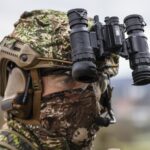

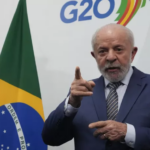
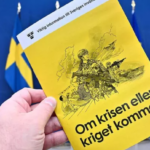

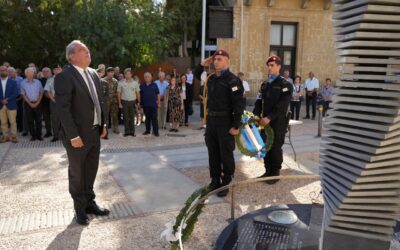
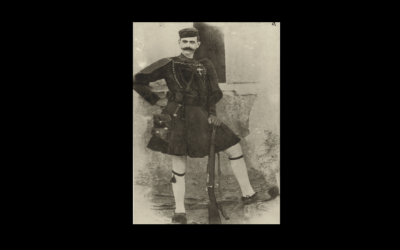
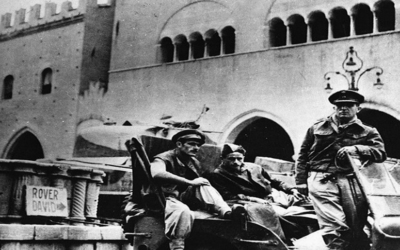

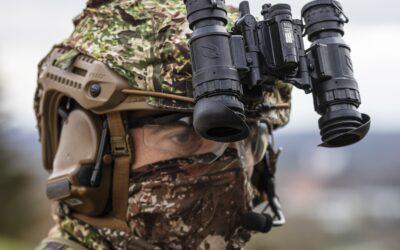


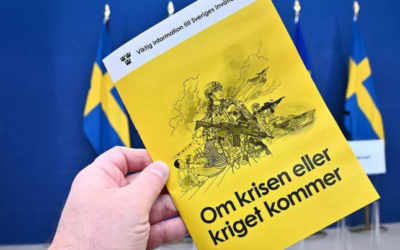
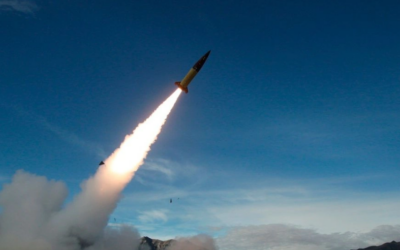
0 Comments